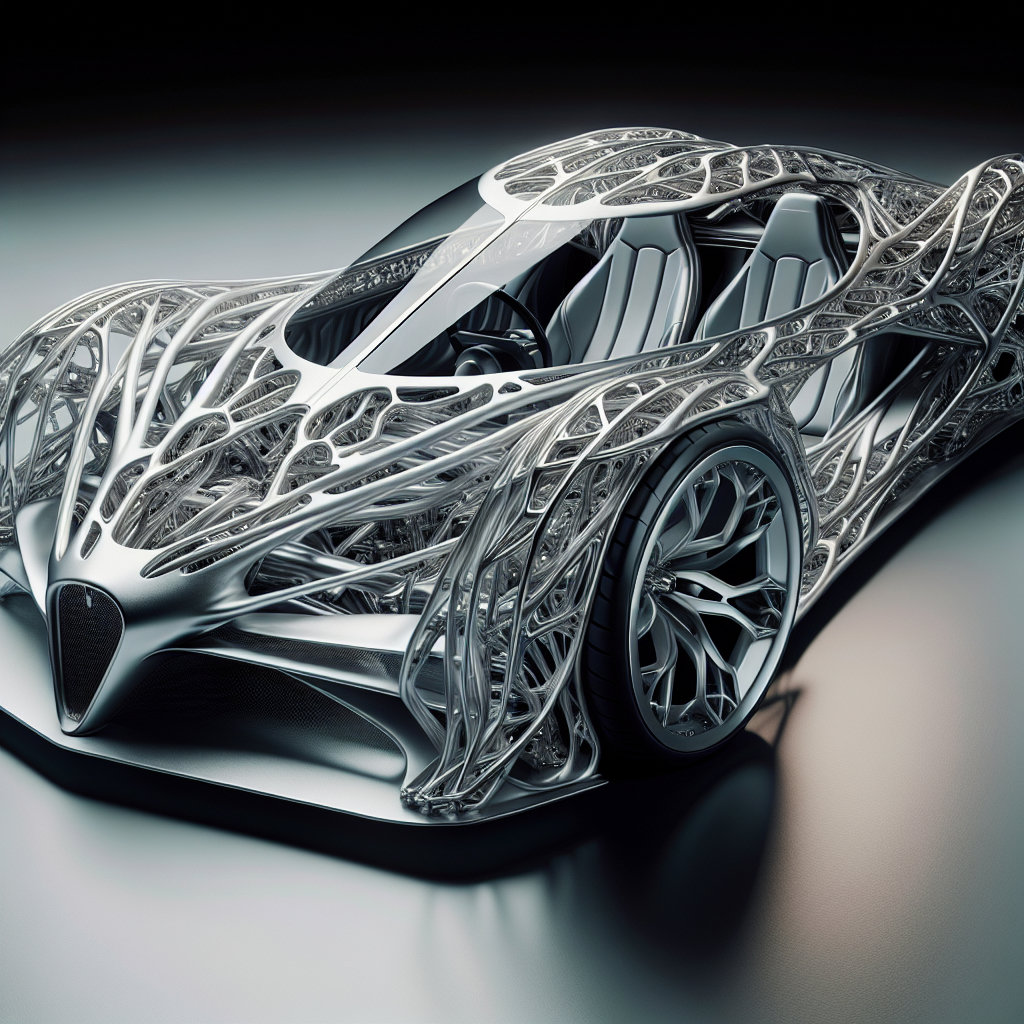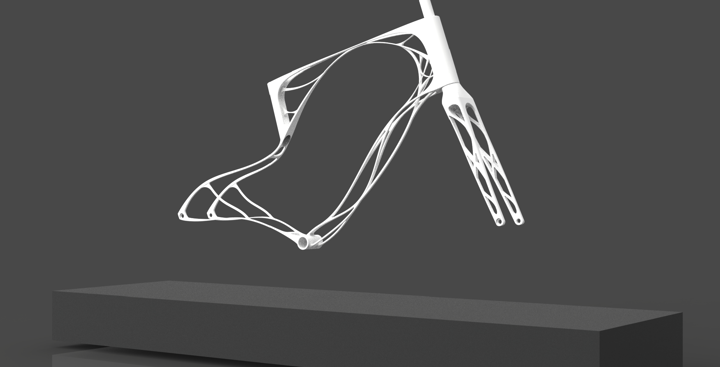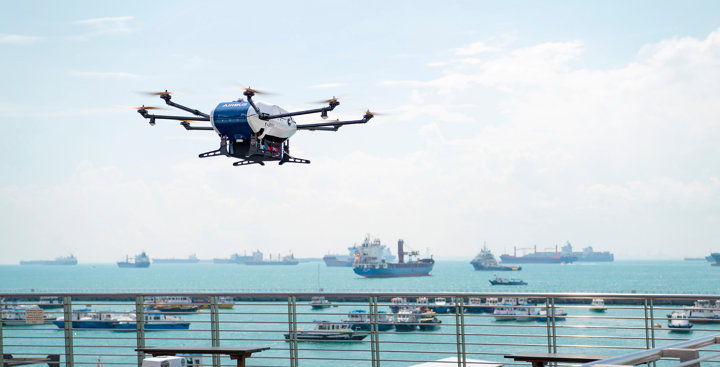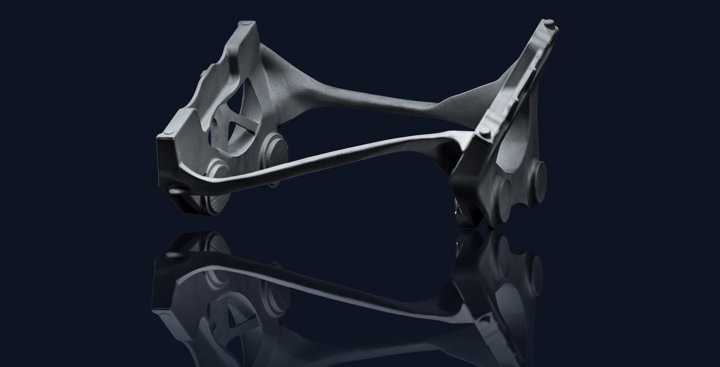
Supercharged Iterative Design
The enormous number of variables in the casting process means the idea of rapid iterative design is usually impractical, particularly given the costs and time of physical testing. Sarginsons makes iterative design a reality through its digital twin simulations being able to intelligently refine options generated by the casting software.
Numerous designs can be virtually tested for localised TYE performance, through digital twin simulations, with the results fed back into the next iterative cycle. This simulated, iterative approach opens the door to more radical and creative designs, and allows boundaries to be pushed without concern to development timelines.
For the first time, rapid iterative design is a viable design methodology for cast components. For the first time designers will be able to truly exploit the unlimited design potential of liquid metal engineering.


